
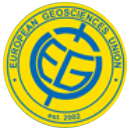
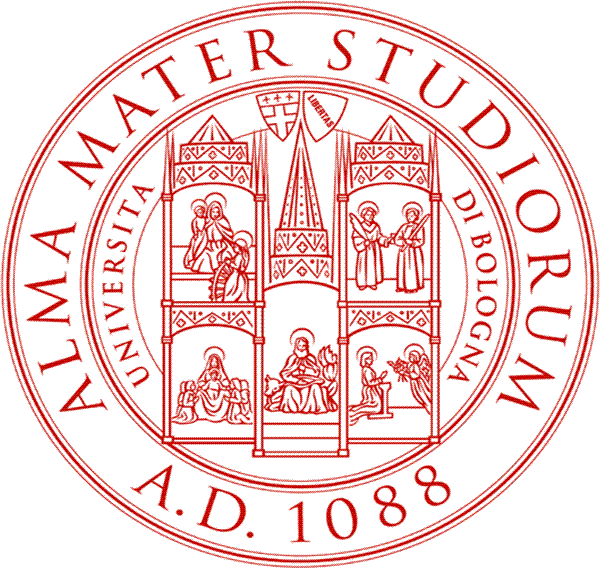
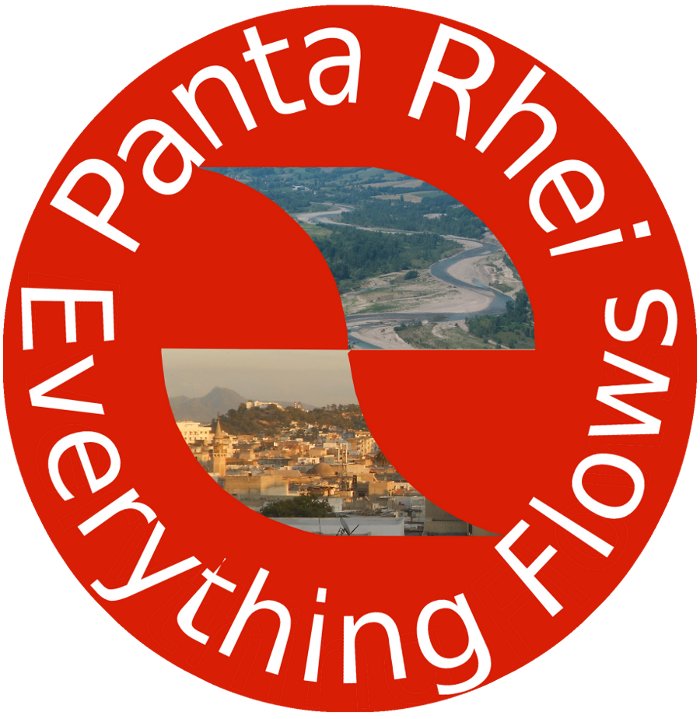

Evolving Water Resources Systems - Understanding, Predicting and Managing Water - Society Interactions
Three different social events will take place on June 5th:
- Gala dinner
- Hydraulic field trip
- Cultural field trip
The three events, and associated venues, are briefly described below.
GALA DINNER - JUNE 5, 2014 Venue: Circolo Ufficiali Palazzo Grassi, Via Marsala 12, Bologna
(website in Italian only)
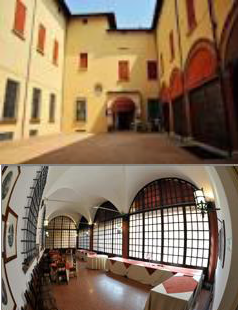 Today the historical building is the seat of "Circolo Ufficiali dell'Esercito di Bologna" (the Army Officers Club), including a restaurant. |
Gala dinner will be held in Palazzo Grassi, "Circolo Ufficiale dell'Esercito of Bologna", located in Via Marsala (in Bologna old town centre), at 8:00 pm. The Gala Dinner can be booked here and the cost is Euro 50,00. Please send an e-mail confirmation to Monica Michelacci (mmichelacci@ceub.it), informing on any dietary requirement. Please note that for the gala dinner there is a dress code policy for men: jacket (compulsory), tie (facultative), no short pants and no slippers. Palazzo Grassi, together with Casa Isolani and Casa Reggiani, is one of the few surviving examples of Medieval urban configuration built in the 13th century Romanesque style in Bologna. The portico in front is supported by wooden beams, in the typical "crutch-shape", and structures covered with baked bricks. Once the portico used to covered the entire construction on the front facade, but during the radical restoration works (1897-1909) it was for reasons of traffic and conservation reduced to its present size. The main gateway is solid construction in terracotta, preserving a pointed arch lintel and one-light small window. |
HYDRAULIC FIELD TRIP - JUNE 5, 2014
Visit to the "Chiusa di Casalecchio di Reno"
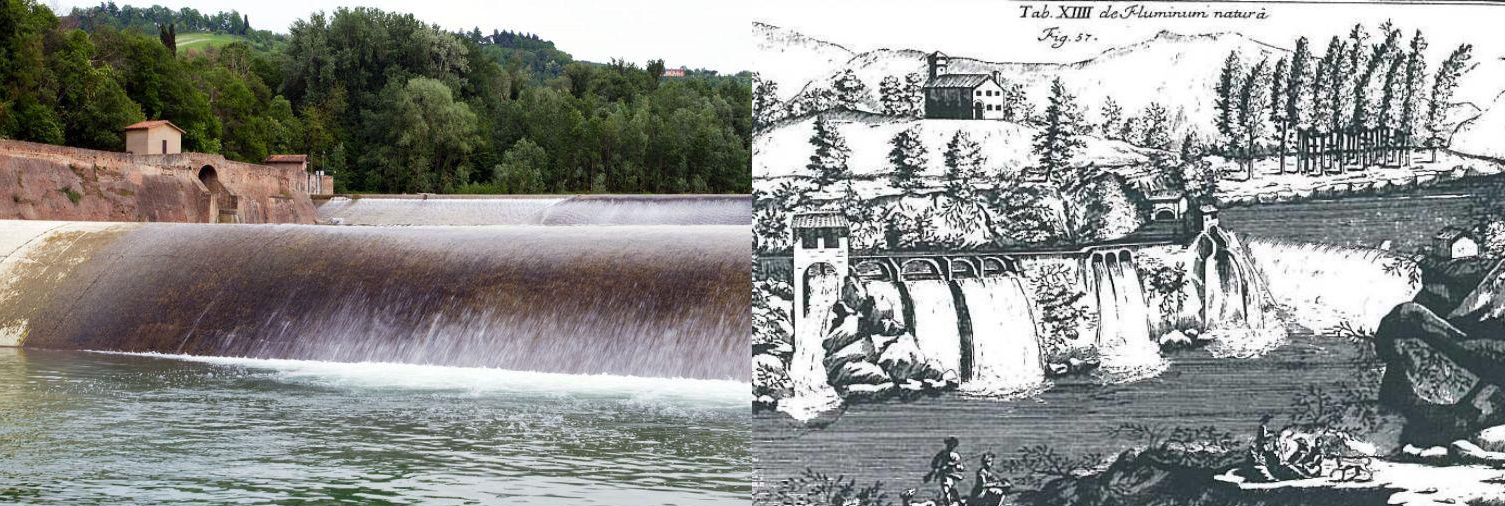
Visit to an ancient weir located in Casalecchio di Reno on the Reno River, close to Bologna. It is considered the most ancient hydraulic work still in activity in Europe and it was recently included in the UNESCO list of World Heritage Sites as Messengers of Peace.
CULTURAL FIELD TRIP - JUNE 5, 2014
"The Best of Bologna (HD) - A HALF DAY IN TOWN" - by Gaia Tours
Piazza Maggiore: this large, splendid square, which for centuries has been the heart of the city, has been the scene of the city's most important events. Here, amongst other buildings, we find the oldest public buildings overlooking the square: Palazzo del Podestà, Palazzo Re Enzo and Palazzo d'Accursio, which to this day retain all their medieval charm.
Fontana del Nettuno (Fountain of Neptune): created in the mid-16th century by Giambologna and Tommaso Laureti in celebration of papal power.
The Basilica of San Petronio: the favourite church of the Bolognese, with its unfinished façade (not visible at present due to renovation work), houses important late-Gothic, Renaissance and baroque works of art, as well as the 17th century sundial.
Please note: Groups of over 7 people can only visit the church if they have audio guides, which can be hired at the church, or else explanations will only be allowed to be given outside the church.
Please note: On the morning of feast days, only a limited area near the entrance may be visited, due to mass being celebrated
Archiginnasio: this grand, 16th century building, adorned with over five thousand coats of arms, was the first seat of the university. Inside we can find the evocative Teatro Anatomico where corpses were once dissected (closed Saturday afternoon, Sunday and public holidays).
Mercato medievale: During the week, along the lively, picturesque streets you can admire the delicacies for which Bologna earned its "Fat" sobriquet.
Loggia della Mercanzia: the 14th century Merchants' Forum was the seat of the old customs house and Corporations Court.
The Santo Stefano Complex: also known as "Le Sette Chiese" (Seven Churches) or "La Gerusalemme bolognese"(the Bolognese Jerusalem); a place of great artistic prestige and devout worship. Of particular interest is the Cloister and the so-called "Cortile di Pilato" (Pilate's Courtyard).
The Two Towers: since the Middle Ages, the towers have been the symbol of the city. The Asinelli Tower is one of the tallest in Italy, while even Dante mentions the Garisenda.